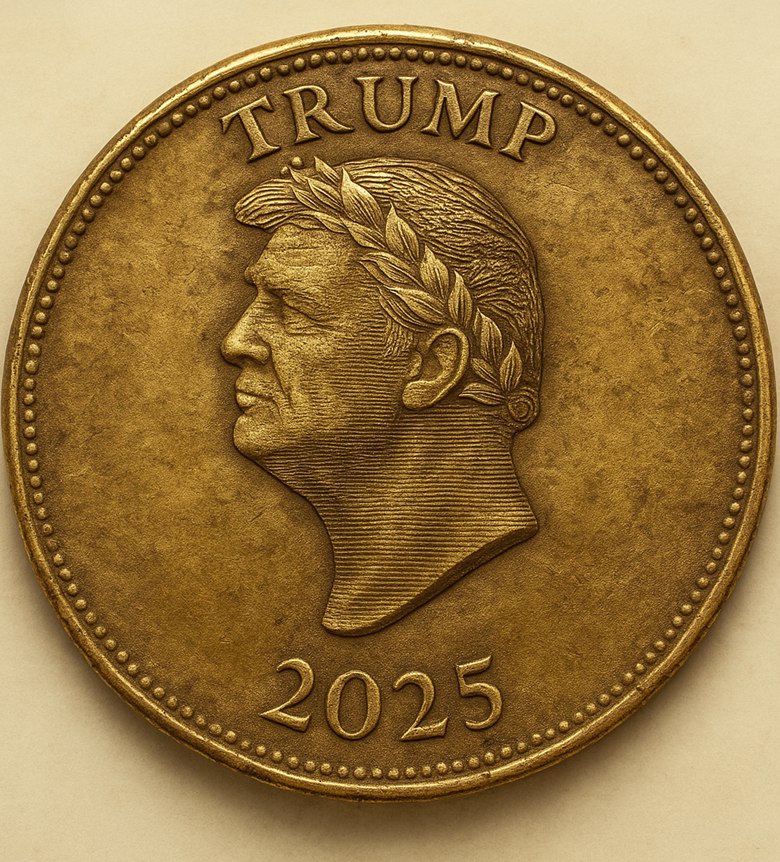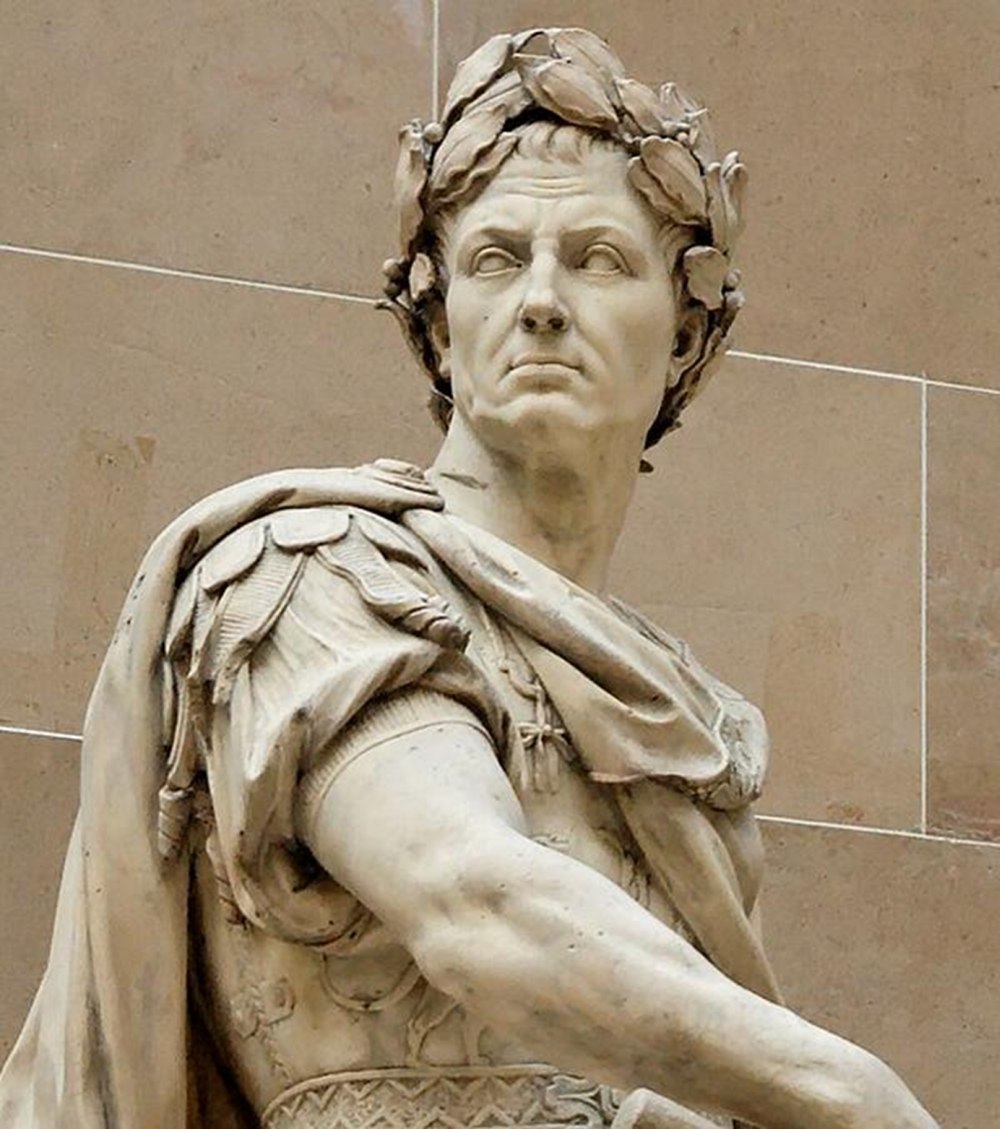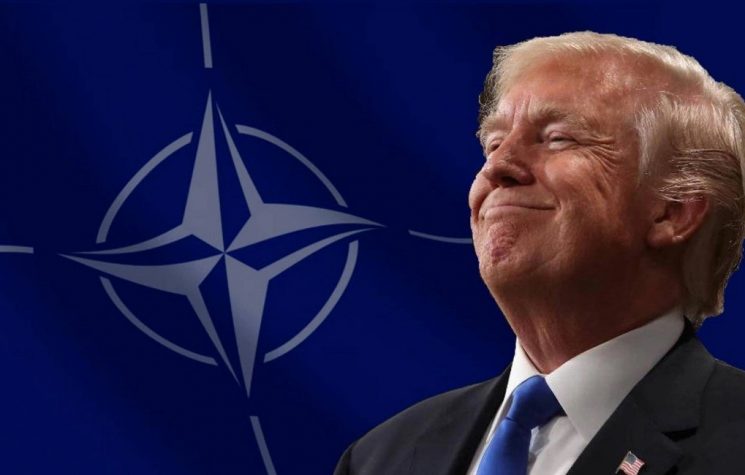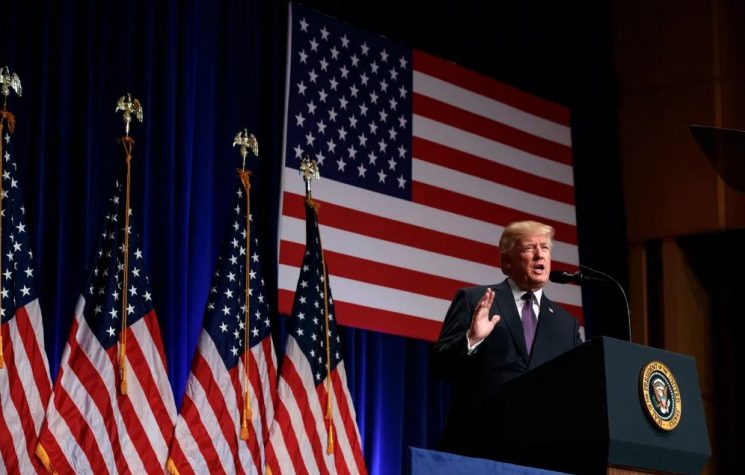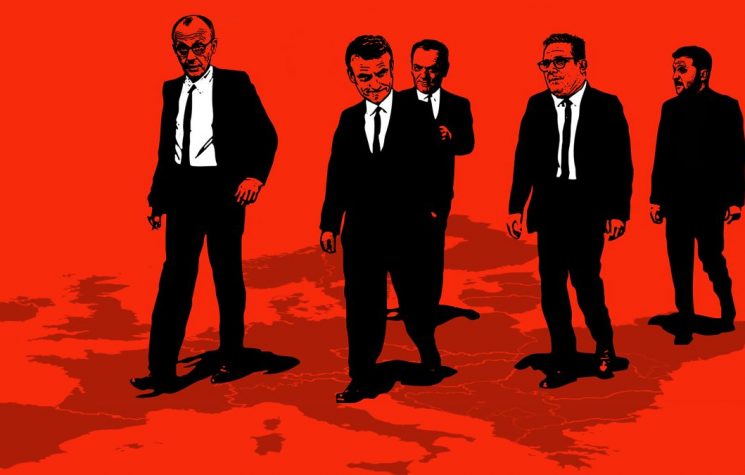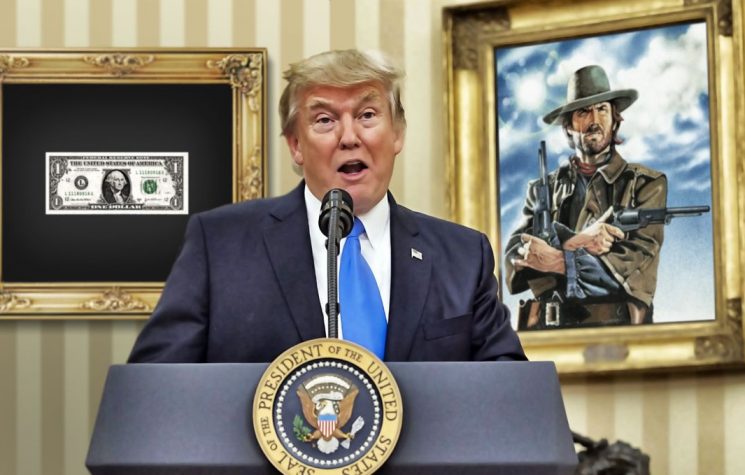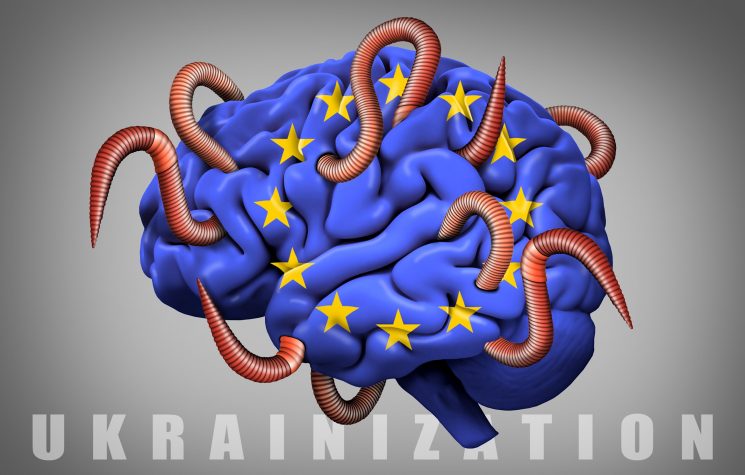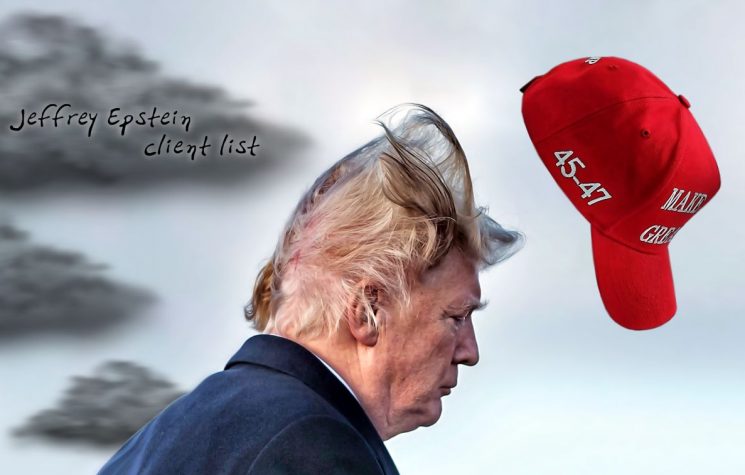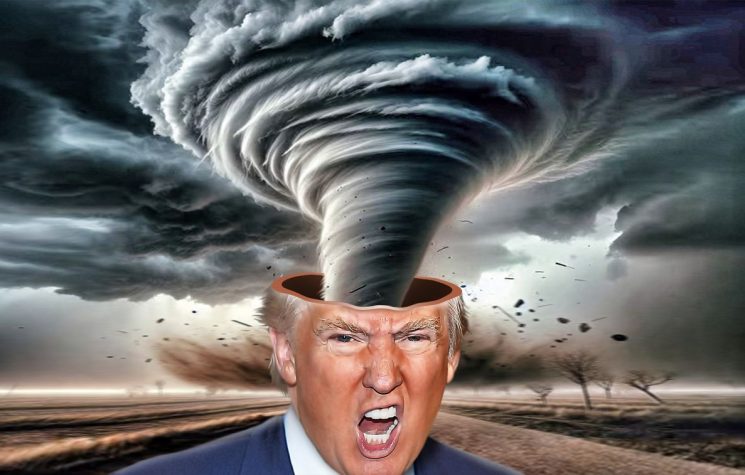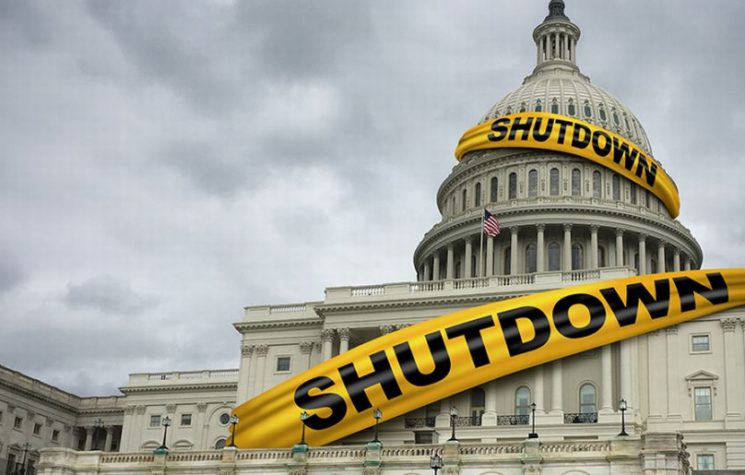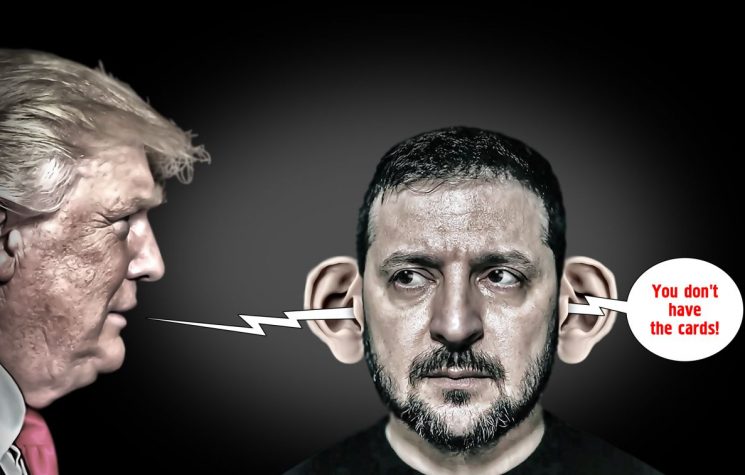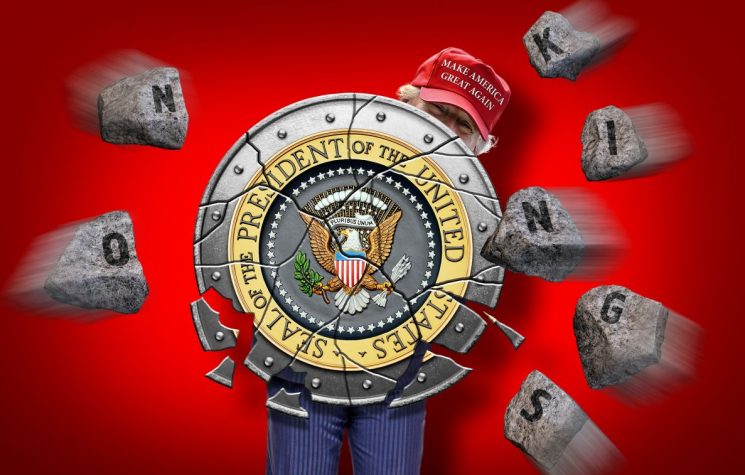Will the new course charted by modern Caesarism result in a rotation of elites that successfully reconfigures the American economy and foreign policy?
Join us on Contact us: @worldanalyticspress_bot ‘No Kings’, they chanted. In attempting to delegitimize a popular president who won not only the electoral college by a wide margin, but also the popular vote, the NGO, Soros philanthropy, and Democrat Party funded protests through the Indivisible organization, were attended by a predictable assortment of left and center-left activists. Critical to the organizers’ approach is to leave aside the real issues of war and economy; issues that most Americans care about, and focus instead on the notion that Donald Trump is a ‘King’, or a Tyrant, a dictator, or an autocrat; the differences and distinctions matter not, for one thing to them is clear: the orange man is bad. And when the issue of war is raised, they present as little than as the Zelensky fan club. The very powerful interests from among America’s oligarchy supporting the anti-Trump movement, are contrasted to similar very powerful oligarchic interests supporting Trump’s populist agenda. This highlights both the nature and the reality of the inter-elite conflict which rages inside the United States, with impact and significance globally. As we approach the winter, the European and British side of NATO today appear set on a policy not simply of continuing its armed conflict by proxy with Russia in the Ukraine, but expanding it. With global uncertainties and the possibility of an expanded war, reaching perhaps into the Baltic states and the Balkans, further into Europe, it is necessary to look at the role of the United States, now an ‘unreliable ally’, in these matters. The European and British campaign against Russia cannot be undertaken without the U.S., and it is very unlikely that Europe and the UK will find support in Washington for such a fantastic and doomed-to-fail endeavor. It is clear that the U.S. today is not on board with this project any longer, at least not at the level of the executive branch. In 2018 alone, President Donald Trump threatened to withdraw the U.S. from NATO multiple times, according to several Washington Post and New York Times reports. It will no doubt take a very strong American president, and a robustly Lincolnian approach to executive power, to reorganize the American economy towards present-generation reindustrialization, limit the power and costs of big pharma and the insurance/HMO complex, control inflation and interest rates, and keep the U.S. on a course of rapprochement with Russia, and even to ultimately get Europe to stand down in Ukraine and let Russia finish the job. Ten thousand take part in the No Kings protest at the Ohio Statehouse on Oct. 18, 2025. Roger Ingles/Statehouse News Bureau The various ‘No Kings’ protests, organized by inorganic Astroturf methods across the U.S., posed a rather humorous question, (“Is Trump a King?”). Trump responded, in line with his previous statements that “I am a worker”, that the ‘No Kings’ protests were a joke and that “I work my ass off”. A fractured Empire and a fractured Western world With the arrival of Trump as the 45thAmerican president in January of 2017, the Atlanticist-globalist power structure, with its permanent administration, reacted in horror to the proposed new direction as indicated by the Brookings Institute. This new direction was aimed at restructuring the internal economy in the U.S., and in connection with that, changing its trade relations but also its political orientation with the rest of the world. Looking back, by the start of the second decade of the 21st century, the United States faced a crisis of critical and historical proportions, leading up to the rise of Trump. While being a type of a constitutional republic, the U.S. is also an empire of significant scale. It is perhaps something approaching an iron-clad law of history, that when an empire is in decline and it faces a crisis of either a social revolution in the sense of Marx, or reforming and succeeding in a rotation of elites in the sense of Pareto, or else disintegrating in pursuit of its old ways, that this exacerbates latent and ever-present tensions and material contradictions between elites, which manifest ever openly as the crisis develops, into both an inter-elite and intra-elite conflict. These are divisions between the U.S. one the one side, and the UK and EU of NATO, on the other, and within the U.S., between oligarchs of different industries with unique relationships to global matters, and between oligarchs of the same industry; and finally, between their political representatives and social manifestations in-country. For concision, we will refer hereafter to the ‘inter-elite conflict’. This inter-elite conflict takes the form of divisions within the Atlanticist project, and a challenge to its ‘Globalist’ policies. These policies of globalism also carry the names ‘Washington Consensus’, ‘globalization’, ‘neoliberalism’, ‘imperialism’, ‘transatlanticism’, and these terms all point to the same phenomenon, with those different terms reflecting various usages in different parts of the world and particular political-ideological bends. The inter-elite conflict in the U.S. is based in the internal contradictions which connect on a nearly one-to-one basis to the international questions of globalism and Atlanticism (or transatlanticism), but now take the form of the ‘uniparty’ (neoliberal and neoconservative Democrats and Republicans) against Trump and the MAGA base in-country. Problems in the Literature on the Subject of Trump and Caesarism The present tends to mirror and echo well understood and documented dynamics of the past, even the distant past and deep history. The comparison between Donald Trump and Julius Caesar is, it is proposed, the correct framing in historically grounded analysis which reveals the real nature of power, the eternal recurrence of class struggle and inter-elite conflicts, taking the form as partisan political warfare, and with it, the inevitable emergence of Caesarism towards a solution, when a dying oligarchic order can no longer maintain hegemonic control. What we are witnessing in American political fracturing and also in these well documented transatlantic divisions, is not unprecedented or novel chaos but rather the predictable unfolding of a pattern as old as the Roman Republic itself. This much seems beyond debate regardless of their actual judgment of whether this signifies something progressive or reactionary (in the language of the left): sociologists and political thinkers across the spectrum have indeed made this analogy over the tenure of Trump’s venture into politics. Of significance in terms of the peer-reviewed literature on the subject, stands a particular work by Dr. Brett Heino, a lecturer in the Faculty of Law at the University of Technology Sydney, in his article “A Modern Day Caesar? Donald Trump and American Caesarism”, (June 2020) as published in the ‘Journal of Historical Sociology: Volume 33, Issue 3. September 2020’ The abstract reads: This article argues that the American political system under Donald Trump is an example of what Antonio Gramsci dubbed “Caesarism,” a situation where a taut balance of warring class forces allows for the emergence of a third force to freeze the antagonism and challenge/usurp established political institutions. To concretise Gramsci’s rather abstract formulation and to better illuminate the nature of American Caesarism, this article employs a reading of the Roman poet Lucan’s magisterial Civil War. Through a close reading of this text, we can explore the origins of Caesarism and study the efficacy of different means of struggle against it. Lucan thus helps us reinvigorate the concept of Caesarism and apply it in the contemporary American context. In particular, it will be demonstrated that whereas Lucan depicts a progressive form of Caesarism with a qualitatively new state form, the Trump administration embodies a regressive form of Caesarism within an old state form. – End – While our own short series on this subject implicitly recognizes that potentially progressive or conversely regressive (or even reactionary) forms of Caesarism can emerge in the sense meant by Heino, we proceed on the basis that a ‘true’ or ‘real’ Caesarism is necessarily progressive, if we take for granted the terminology of the left. This is because Caesar’s rule, itself, was ultimately historically progressive, and not regressive (nor reactionary), which is established on the whole by Dr. Michael Parenti, in his work that we will discuss. The question of a ‘new state form’, as pointed to in Lucan’s multi-part poem, is interesting, but is also framed incorrectly through a Marxian lens, when a Pareto analysis of circulation or rotation of elites is useful in constructing a model which works towards conclusive analysis. Here, in question itself is the utility of these left-Marxian influenced terms such as progressive, regressive, reactionary etc., as a given, because we would also point out that the historical left’s conception of progressive is in many ways at odds with the new-left’s definition of the same. In other words, we do not see a consistently operationalized use of these terms across generations of this discipline, nor from an interdisciplinary perspective. The historical left means by progressive something socio-economically growth oriented, meaning that the productive forces continued to expand; the ratio of the organic composition of capital tending increasingly towards tools and ultimately automation over unassisted manual labor, while also in line with societal stability, in the Marxian sense. Conversely, the new-left may capture phrases of this connotation, while focusing much heavily on post-1968 ideas relating to gender, identity, ethnicity, and other influences from critical theory and structuralism/post-structuralism and not in the traditional way of the historical or old left. These are very large differences, and lead to profound misunderstandings and an ever-shifting definition of progress, whether historical, economic, or social, and upon which matrix; where, and why. Lucan’s complaints are for the most part an exercise in mourning the loss of power of the old-guard, the Optimates, finding tragic and failed figures like Cato and Pompey. How this finds support from contemporary criticism of Caesarism appears of a bourgeois-democratic apology than an analysis deserving of the term ‘left’ in a meaningful sense. And yet such contradictions litter the understanding and writings from the activist-revolutionaries going back to the time of the French Revolution itself. Reaching into Deep History – the Roman Republic and the Roman Empire Julius Caesar emerged at a time of great and critical crisis in the Roman Republic when it was already in truth an empire, and in a relatively short time of some fifteen or so years, was able to manifest a trans-class historical bloc to set the Roman world on a fresh course which no doubt contributed to its continuation, at least in the West, for another four centuries, and in the East, for another fourteen centuries. Julius Caesar. Commissioned in 1696 for the Gardens of Versailles, by Sébastien Slodtz. And likewise today we have seen, and are seeing, the consolidation of a trans-class historical bloc including oligarchs with either a sober or opportunistic approach (our modern Crassus types) against a calcified plutocratic elite, indeed the Optimates of our passing age, through the vehicle of a figure who emerges from within that very elite, to set a new course, one dependent on populism, the Populares as MAGA, as a pillar supporting his right and ability to rule. Caesarism and the Crisis of the American Empire The preceding analysis has sought to frame the current inter-elite conflict in the United States, manifested by the populist challenge of Donald Trump and the MAGA base against the ‘uniparty’ establishment, as the predictable unfolding of a dynamic as old as the Roman Republic. This crisis arises from a declining empire and its inevitable internal contradictions, which connect directly to international questions of globalism and Atlanticism. We’ve identified the deep-history analogy of Caesarism as the most fitting lens through which to view Trump’s rise, mirroring Julius Caesar’s emergence from within the elite to forge a trans-class historical bloc; the modern Populares or MAGA base, against a calcified plutocratic order, the modern Optimates. However, the existing academic and activist literature, particularly that influenced by the New-Left and epitomized by Brett Heino’s analysis, struggles with the core concept. The utility of terms like “progressive” and “regressive” is inconsistent across the historical and new-left, leading to profound analytical confusion. Lucan in antiquity literature, the primary source for the modern notion of a regressive Caesarism, is arguably mourning the loss of the old aristocratic power rather than offering a truly progressive critique befitting the best of left-wing analysis. Looking Ahead In the next installment of this series, we will pivot to explicitly tackle the left’s misunderstanding of both genuine Caesarism and, by extension, the phenomenon of Trump. We will argue that in the truest historical sense, one concerned with the expansion of productive forces and the stabilization of the social order, the emergence of Caesar as Trump should be understood in the progressive sense (to use the left’s own, albeit often inconsistent, language). This framework fundamentally diverges from the notion of “regressive/reactionary Caesarism” espoused in the Gramscian application. Crucially, however, we will not discard the valuable analytical tools provided by Antonio Gramsci, but rather develop the utility of his concepts concerning hegemony qua Sorel, and the crisis of authority to precisely map the current inter-elite conflict in America. The question remains: will the new course charted by this modern Caesarism result in a rotation of elites that successfully reconfigures the American economy and foreign policy, or will it be suffocated by the established Atlanticist-globalist structure? We will explore this question, bridging the deep history of Rome with the fractured reality of the modern Western world. Follow Joaquin Flores on Telegram @NewResistance or on X/Twitter @XoaquinFlores![]()
